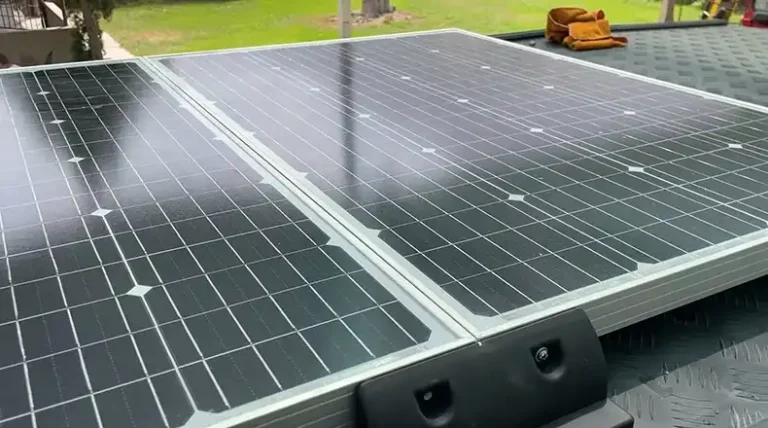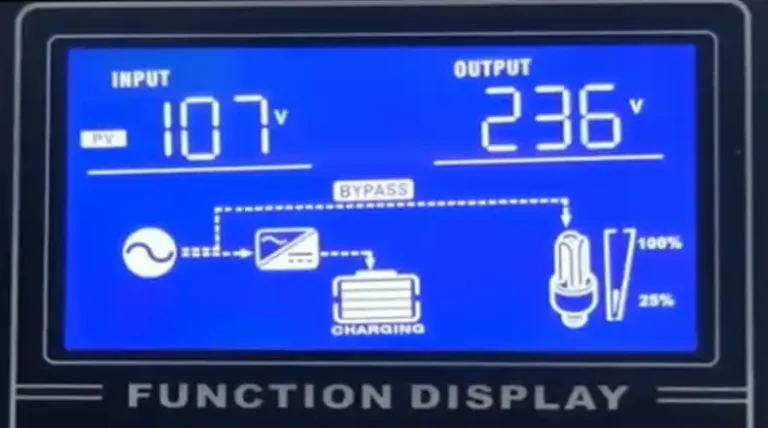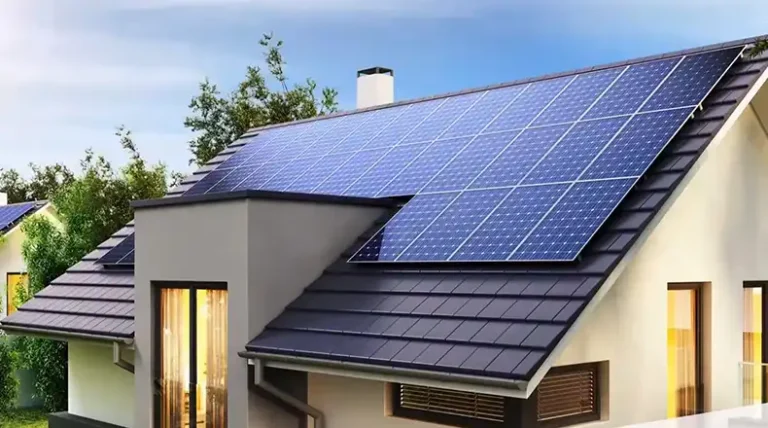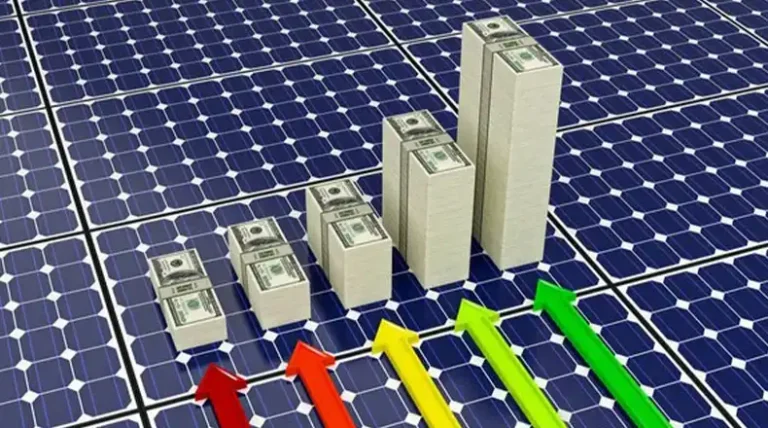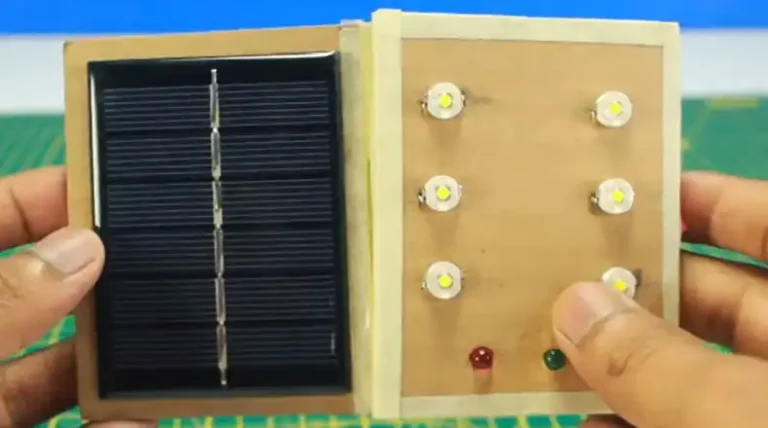How To Use Solar Lights Indoors?
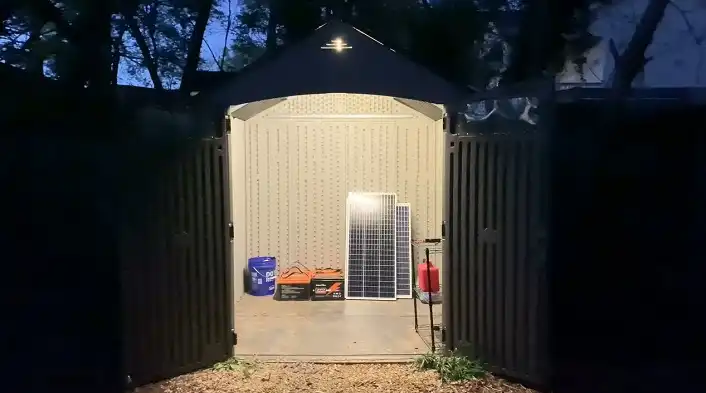
Solar lights aren’t just for outdoor use anymore. With a bit of creativity and know-how, you can bring the eco-friendly glow of solar-powered illumination into your home.
While originally designed for gardens and patios, these versatile lights can work indoors too – as long as you place them strategically. The key to success?
Ensuring your indoor solar lights receive enough light to charge, whether it’s through a sunny window or with the help of artificial sources.
In this guide, we’ll explore how to effectively use solar lights indoors, from choosing the right type to maximizing their performance in low-light conditions.
By understanding the basics of solar technology and applying a few simple tricks, you can enjoy the benefits of sustainable lighting inside your home, adding both ambiance and functionality to your living spaces.
Understanding Solar Lights
Solar lights have become increasingly popular for outdoor use, but many people don’t realize they can also be a great option for indoor lighting.
To make the most of solar lights indoors, it’s important to understand how they work and which types are best suited for indoor use.
How Solar Lights Work
Solar lights operate on a simple principle: they convert sunlight into electrical energy, which is then stored in a battery to power the light when it’s dark. Here’s a breakdown of the process:
- Solar panel: This is the heart of the solar light. It contains photovoltaic cells that capture sunlight and convert it into electricity.
- Battery: The electricity generated by the solar panel is stored in a rechargeable battery, usually a lithium-ion or nickel-metal hydride (NiMH) battery.
- LED bulb: When the light is turned on, the stored energy powers an LED bulb, which is highly efficient and long-lasting.
- Light sensor: Many solar lights have a built-in sensor that automatically turns the light on when it gets dark and off when it’s light again.
For indoor use, the challenge is ensuring that the solar panel receives enough light to charge the battery effectively. This is why placement is crucial, which we’ll discuss in more detail later.
Types Of Solar Lights Suitable For Indoor Use
Not all solar lights are created equal when it comes to indoor use. Here are some types that work well inside:
- Solar string lights: These are versatile and can be used for ambient lighting or decorative purposes. They often come with a separate solar panel that can be placed near a window.
- Solar table lamps: These standalone lights are perfect for desks, side tables, or shelves near windows.
- Solar-powered fairy lights: Ideal for creating a cozy atmosphere, these can be draped around indoor plants or along bookshelves.
- Solar lanterns: These portable lights can be moved around as needed and are great for creating mood lighting.
- Solar reading lights: Designed for task lighting, these can be a good option for areas near windows where you might read or work.
Placing Solar Lights Indoors
The success of using solar lights indoors largely depends on their placement. While it might seem challenging to harness enough sunlight inside, there are several strategies you can employ to ensure your solar lights receive sufficient light to charge and function effectively.
1. Optimal Locations For Sunlight Exposure
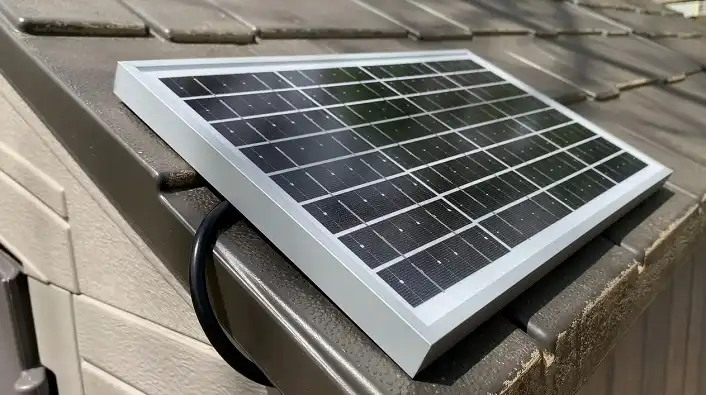
- Near south-facing windows: In the Northern Hemisphere, south-facing windows receive the most direct sunlight throughout the day. Place your solar lights or their panels as close to these windows as possible.
- Sunrooms or conservatories: These areas are designed to let in maximum sunlight, making them ideal spots for indoor solar lights.
- Skylights: If you have skylights in your home, the areas beneath them can be perfect for solar-powered lighting.
- Glass doors: Sliding glass doors or French doors often let in plenty of light and can be good locations for solar lights.
- Window sills: Placing small solar lights or panels directly on window sills can maximize their exposure to sunlight.
Remember, the key is to position the solar panel where it will receive the most direct sunlight for the longest period during the day.
2. Using Mirrors To Enhance Light Capture
If your indoor space doesn’t get enough direct sunlight, you can use mirrors to redirect and amplify the available light:
- Place a large mirror opposite a window to reflect sunlight deeper into the room.
- Use smaller mirrors to create a “light path” from the window to your solar light.
- Consider mirrored trays or surfaces to boost light reflection around your solar lights.
This technique can be particularly useful in rooms with limited window space or in apartments where direct sunlight is scarce.
3. Connecting Outdoor Panels To Indoor Lights
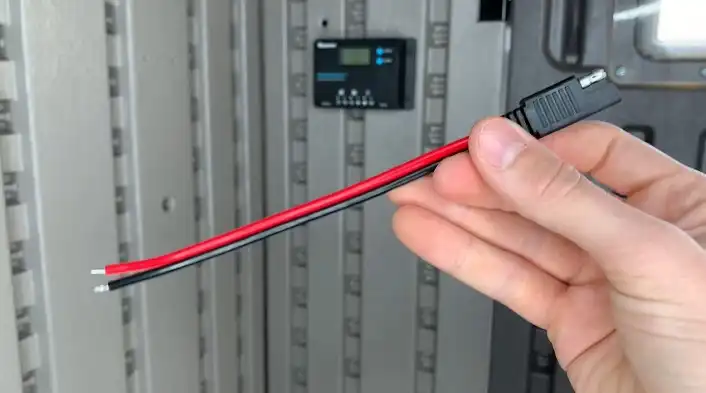
For spaces that simply don’t get enough natural light, consider using a hybrid approach:
- Outdoor solar panel: Install a solar panel outside where it can receive maximum sunlight.
- Indoor light fixture: Connect the outdoor panel to your indoor solar light using an extension cable.
- Through-the-window option: Some solar lights come with a panel that can be placed outside on a window sill, with a thin cable that can be fed through the window to the indoor light.
Charging Methods for Indoor Solar Lights
While solar lights are designed to charge primarily through sunlight, there are various methods you can use to ensure your indoor solar lights stay powered up, even in less-than-ideal lighting conditions.
1. Natural Sunlight Through Windows
This is the most straightforward and energy-efficient method:
- Direct placement: Position the solar panel directly in front of a window that receives plenty of sunlight.
- Timing: Remember that the sun’s position changes throughout the day. You might need to move your lights or panels to follow the sun’s path for optimal charging.
- Seasonal adjustments: Be aware that the sun’s angle changes with the seasons. You may need to adjust the position of your lights accordingly.
- Clean windows: Ensure your windows are clean to allow maximum light transmission.
2. Artificial Light Sources
When natural sunlight is limited, you can use artificial light to charge your solar lights:
- Incandescent bulbs: These emit a spectrum of light closer to natural sunlight and can be effective for charging solar lights.
- LED lights: While not as effective as incandescent bulbs, high-powered LED lights can still charge solar panels, albeit more slowly.
- Halogen lamps: These produce a bright, intense light that can be good for charging solar panels.
- Dedicated charging lamps: Some manufacturers offer special lamps designed specifically for charging solar lights indoors.
Remember, charging with artificial light will be slower than with direct sunlight and may not fully charge the battery.
3. USB Charging Options
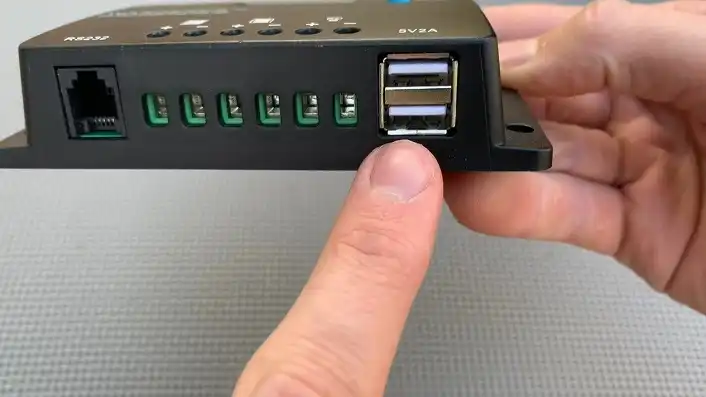
Many modern indoor solar lights come with a USB charging option:
- Dual charging: These lights can be charged both by solar power and via USB, giving you flexibility.
- Backup power: USB charging can be a great backup for cloudy days or winter months when sunlight is limited.
- Quick boost: If you need light immediately and the solar battery is drained, USB charging can provide a quick power boost.
- Compatibility: Ensure your solar light is compatible with standard USB chargers before purchasing.
When using USB charging, be mindful that it somewhat defeats the purpose of using solar power. It’s best used as a backup rather than the primary charging method.
Overcoming Limitations
While indoor solar lights offer numerous benefits, they do come with some challenges. Understanding these limitations and knowing how to address them can help you make the most of your indoor solar lighting setup.
1. Dealing With Reduced Brightness
Indoor solar lights often produce less light than their outdoor counterparts due to limited charging opportunities:
- Strategic placement: Use solar lights for accent or ambient lighting rather than as primary light sources in indoor spaces.
- Multiple light sources: Combine solar lights with traditional lighting for a layered lighting approach.
- Reflective surfaces: Place solar lights near mirrors or light-colored walls to amplify their brightness.
- Opt for high-efficiency LEDs: Choose solar lights with high-quality LED bulbs that maximize light output for the energy available.
2. Maximizing Battery Efficiency
The battery is a crucial component of solar lights. Here’s how to ensure it performs optimally:
- Regular full charges: Try to give your solar lights a full charge at least once a week to maintain battery health.
- Avoid overcharging: Some solar lights have built-in overcharge protection, but if yours doesn’t, be mindful not to leave it in direct sunlight for extended periods.
- Temperature considerations: Extreme temperatures can affect battery performance. Keep your solar lights away from heat sources or cold drafts.
- Battery replacement: Most rechargeable batteries in solar lights last 1-2 years. Replace them when you notice a significant decrease in performance.
3. Supplementing With Other Light Sources
To create a well-lit indoor environment, consider using solar lights in conjunction with other lighting options:
- Layer your lighting: Use solar lights for ambient or decorative lighting, and traditional lights for task lighting.
- Smart lighting systems: Integrate solar lights with smart home systems for more control over your lighting environment.
- Timer functions: If your solar lights have timer functions, use them to conserve battery power during times when lighting isn’t necessary.
- Backup power options: For critical lighting areas, have a backup power source or traditional lighting option available.
Maintenance and Care
Proper maintenance of your indoor solar lights is crucial for ensuring their longevity and optimal performance. By following these care tips, you can keep your solar lights shining brightly for years to come.
1. Cleaning Solar Panels
Regular cleaning of the solar panels is essential for maintaining their efficiency:
- Frequency: Clean the panels at least once a month, or more often if you notice a build-up of dust or grime.
- Method: Use a soft, damp cloth to gently wipe the surface of the solar panel. For stubborn dirt, use a mild soap solution, but avoid harsh chemicals.
- Timing: Clean the panels when they’re cool to the touch, typically in the early morning or evening.
- Dry thoroughly: After cleaning, dry the panels with a lint-free cloth to prevent water spots.
2. Battery Replacement
Even with proper care, batteries in solar lights will eventually need replacement:
- Signs of wear: Look out for decreased light output or shorter operating times, which often indicate a failing battery.
- Replacement interval: Typically, batteries in solar lights last 1-2 years with regular use.
- Choosing replacements: Always use batteries of the same type and capacity as the originals. Check your product manual for specifications.
- Proper disposal: Recycle old batteries at appropriate facilities to minimize environmental impact.
3. Troubleshooting Common Issues
Familiarize yourself with these common problems and their solutions:
- Light not turning on:
- Ensure the switch is in the ‘ON’ position.
- Check if the battery is properly connected.
- Verify that the solar panel is receiving adequate light.
- Dim light output:
- Clean the solar panel to ensure maximum light absorption.
- Check if the battery needs replacement.
- Ensure the light isn’t being affected by other light sources, which might trick its sensor.
- Light flickering:
- This often indicates a loose connection. Check all wiring and connections.
- It could also mean the battery is nearing the end of its life.
- Short operating time:
- Ensure the solar panel is positioned to receive maximum sunlight during the day.
- The battery might need replacement if it’s not holding a charge for long.
- Moisture inside the light:
- If you notice condensation, place the light in a warm, dry area to evaporate the moisture.
- Check for any cracks or damage that might be allowing water ingress.
Conclusion
Embracing indoor solar lighting is more than just a trend; it’s a step towards a more sustainable and energy-efficient home.
As we’ve explored throughout this guide, using solar lights indoors presents unique challenges, but with the right approach, these can be easily overcome.
From understanding the basics of how solar lights work to creatively placing them for optimal charging, we’ve covered the essential aspects of bringing solar power into your interior spaces.

